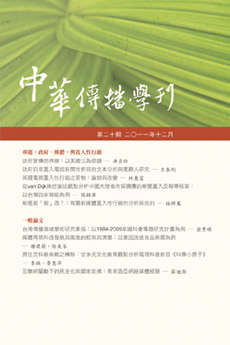 閱覽人數: 32
閱覽人數: 32
December
2011
No. 20
政府、媒體,與置入性行銷
Government, Media, and Product Placement頁數:45 - 63
作者(中)
林麗雲
作者(英)
Lihyun Lin
關鍵詞(中)
置入性行銷、廣電管制、商業訊息、英國
關鍵詞(英)
product placement, television regulations, commercial messages, the U.K.
中文摘要
長久以來,英國對電視的管制是以公共服務的理念為主,禁止置入性行銷,規定節目與廣告應分離。當英國推動無線數位平台,頻道數目增加後,在商業電視業者的壓力下,英國管制者才開始思考是否放鬆管制。但英國不是採取立即開放,而是歷經公共論辯的過程。過程中由於公民團體要求保護閱聽人權益,英國僅有條件開放,只開放四類節目置入,並要求業者應充分告知閱聽人;而且直接關乎閱聽人權益的節目,絕不可有置入;不當之商品與服務也不可置入。本文即分析此論辯與改變的過程,並指出其對台灣的啟示。
英文摘要
Broadcasting regulation in the U.K. is founded on the ideology of public service; consequently, product placement has long been prohibited. With the introduction of a multi-channel digital platform and under the pressures of commercial broadcasters, British regulators began considering the possibility of lifting the ban. However, the U.K. did not adopt rapid deregulation, but held public debates and consultations. Because citizen groups demanded protection for the interests of the audience,product placement is still prohibited expect in four programme genres: films, series made for television, sports programmes and light entertainment programmes, Product placement must be signalled clearly by means of a universal logo. Programs that are directly related to the interests of the audience are not allowed to have product placements. Furthermore, certain products and public information are disallowed from being placed in programs. This study analyzes the debates and changes in the U.K. and indicates the implications for Taiwan.